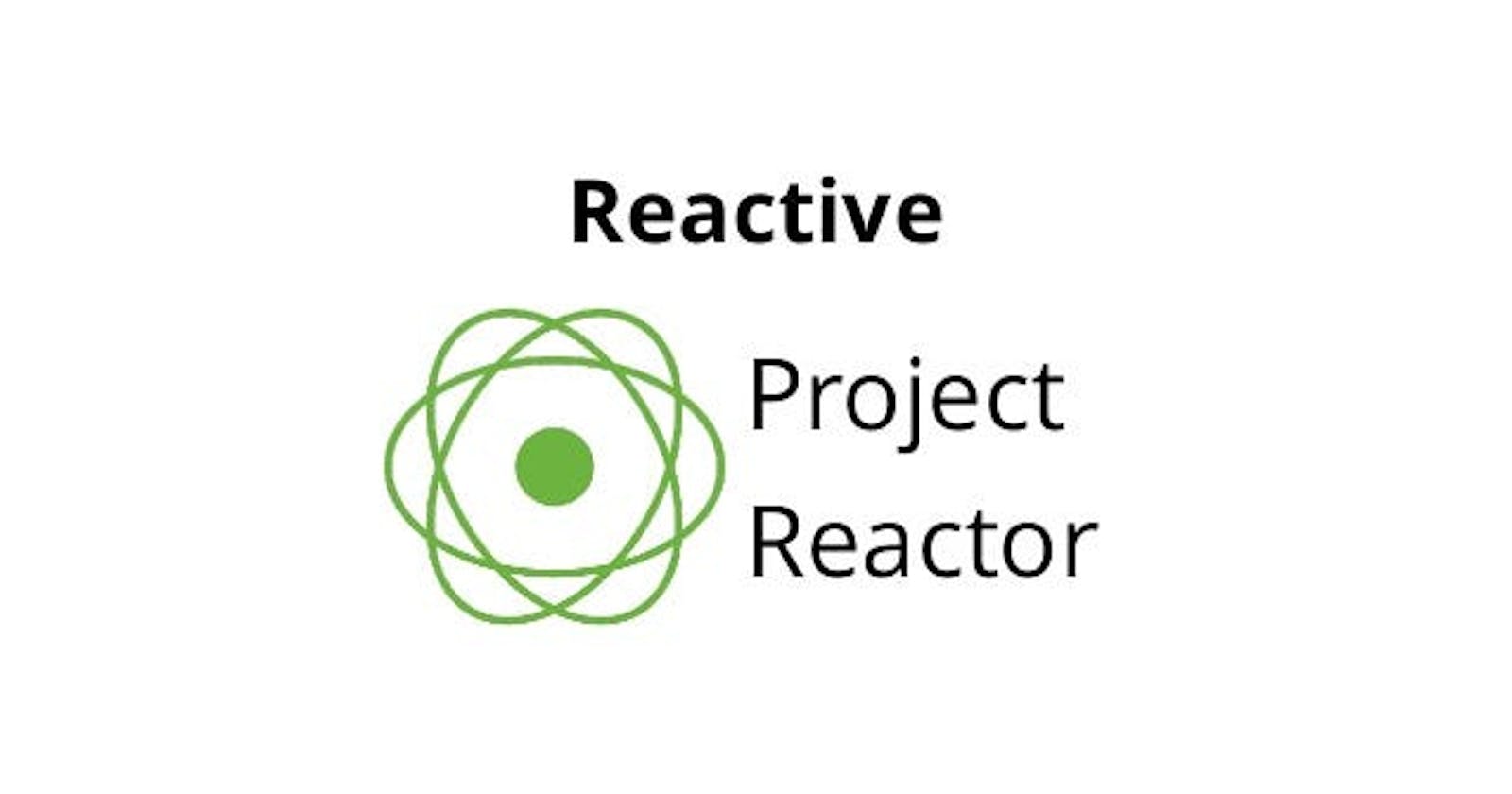Reactive programming is a programming paradigm that has gained popularity in recent years.
Reactive programming is a programming paradigm that has gained popularity in recent years. This paradigm is based on the reactive manifesto, which defines a set of principles for creating responsive, resilient, and scalable systems. In this blog post, we will explore the reactive programming paradigm in detail.

Reactive programming is a programming paradigm that focuses on the flow of data and events in a system. It is based on the concept of asynchronous and non-blocking programming. In a reactive system, data flows through a series of components or nodes, where each component reacts to changes in the data stream.
The reactive programming paradigm is built on a set of key principles. These principles include:
- Reactive systems are responsive: Reactive systems respond to events quickly and efficiently, ensuring that users do not experience any lag or delays.
- Reactive systems are resilient: Reactive systems are designed to handle failures and errors gracefully. They can recover from errors quickly and continue to function despite failures.
- Reactive systems are scalable: Reactive systems can scale up or down quickly and efficiently, depending on the demands of the system.
- Reactive systems are message-driven: Reactive systems use messages to communicate between components. This ensures that components are loosely coupled and can be easily replaced or updated.
To implement reactive programming, developers use a variety of tools and frameworks. One of the most popular frameworks for reactive programming is Reactor. Reactor is a Java-based reactive programming library that provides a set of tools and APIs for building reactive systems.
To use Reactor in a Java project, we need to add the Reactor dependency to our project’s build file. We can do this by adding the following code to our build.gradle file:
dependencies {
implementation 'io.projectreactor:reactor-core:3.4.12'
}
Once we have added the Reactor dependency, we can use the Reactor APIs to create reactive components in our system. For example, we can use the Flux and Mono APIs to create streams of data and events that flow through our system.
In conclusion, reactive programming is a programming paradigm that focuses on the flow of data and events in a system. It is based on the reactive manifesto, which defines a set of principles for creating responsive, resilient, and scalable systems. The reactor is one of the most popular frameworks for implementing reactive programming in Java. By using Reactor, we can create reactive components that are responsive, resilient, and scalable, and that can handle a large number of events and data streams.
You can also refer to more details about reactive java on
The introduction to Reactive Programming you’ve been missing
Notes on Reactive Programming Part I: The Reactive Landscape
